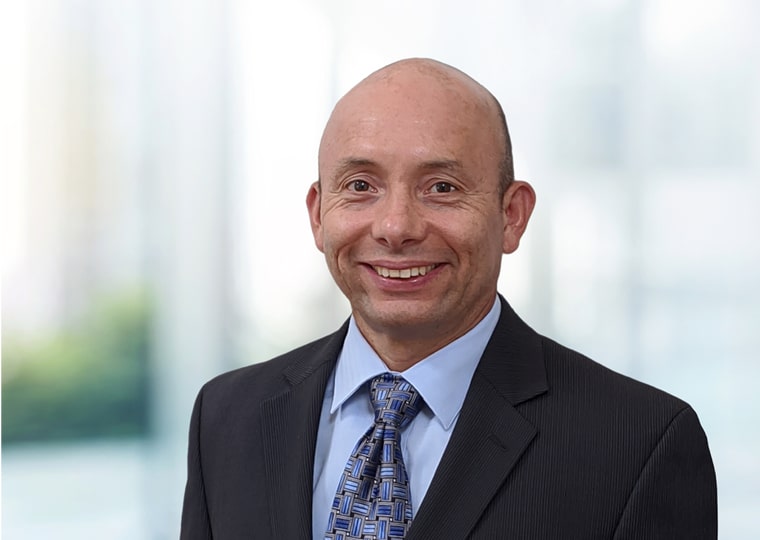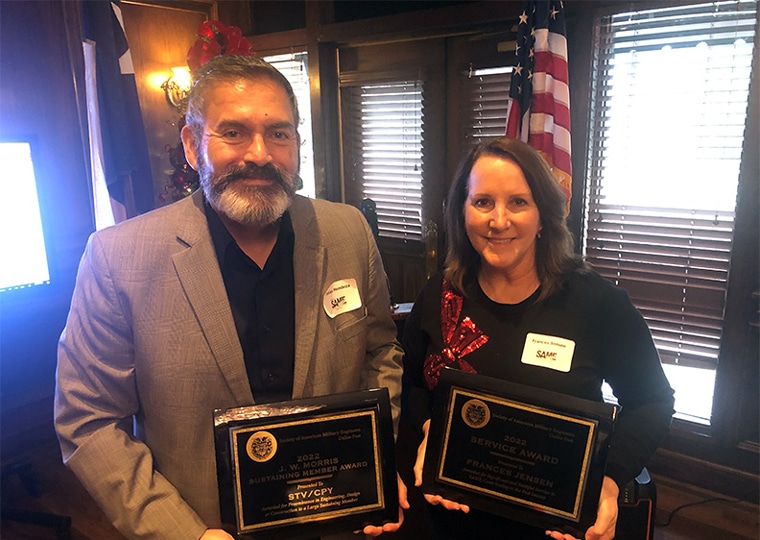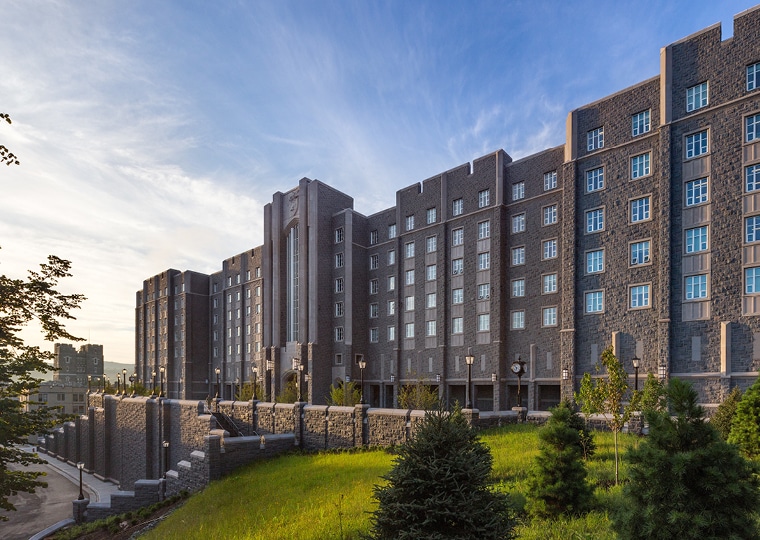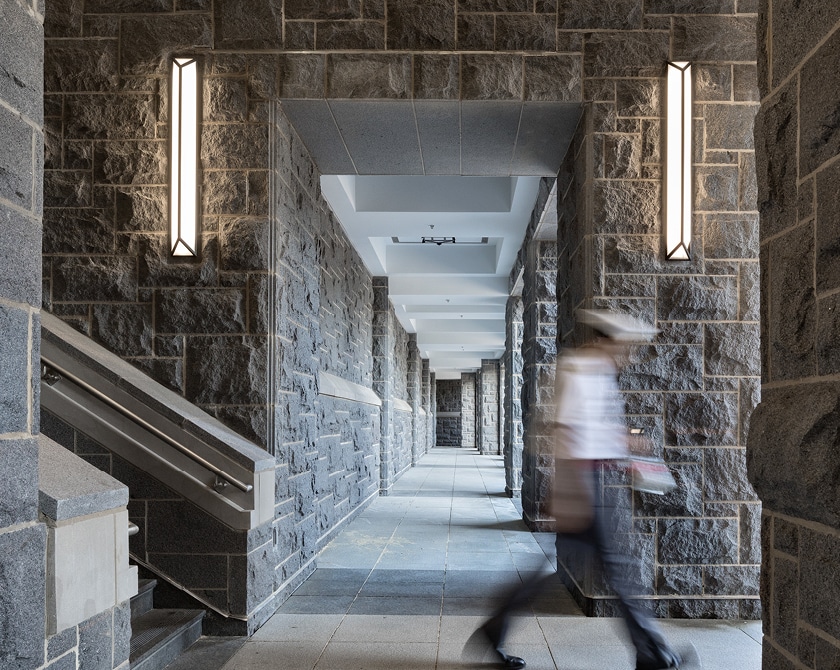
As we prepare for the 2022 Society of American Military Engineers (SAME) Joint Engineer Training Conference, we once again find ourselves in the midst of a significant shift in the national security landscape for the United States and our allies.
As real-world events and new mission requirements unfold, the current defense budget and military construction authorizations will also evolve to align with new and emerging military priorities. After nearly two decades of our federal clients at the U.S. Department of Defense (DoD) and Department of Homeland Security (DHS) focusing their efforts on counterterrorism initiatives, there’s been a pivot towards focusing on “Great Power Competition” that includes updated facilities for new weapons systems, and ensuring our installations remain effective power projection platforms for rapid deployment of forces. However, funding for new construction, conversions and the sustainment of facilities will continue to be constrained. That means, our clients are seeking solutions that allow them to be more efficient and effective in obtaining and using these limited funds while still supporting a strategy of caring for the people in our military and their families, modernizing our key weapons systems and platforms and maintaining current readiness.
STV, and our team of design, construction, and program management professionals, have a legacy of providing professional services for a wide array of infrastructure projects used by the DoD and DHS. We are well suited to meet these evolving needs in support of the ongoing transformation of our armed forces, regardless of the level or type of funding being appropriated.
As we work with our clients to develop and define their goals, we are thinking about facilities and infrastructure that enhance the quality of life of our people serving – whether it’s improving housing and barracks, or designing buildings that promote soldier and family support programs; creating modern and adaptable military installations and mission-critical infrastructure; and supporting the DoD and DHS as they implement a long-term strategy towards sustainability and better resilience against natural and manmade disasters.
One critical facet of caring for people is ensuring cadets at the United States Military Academy (USMA) at West Point have best-in-class academic facilities. There’s no better demonstration of STV’s commitment to this mission than the ongoing transformation of the West Point campus, where STV has been an established partner of the New York District of the U.S. Army Corps of Engineers for decades.
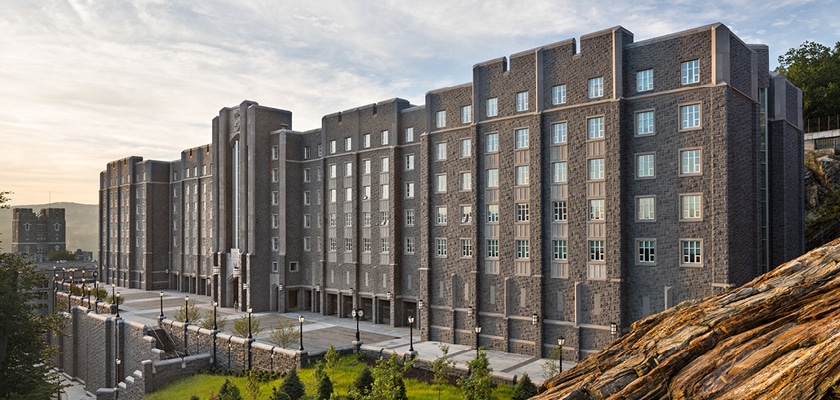
USMA at West Point is the U.S. Army’s premier education and training institution for the commissioned officer corps. However, even a campus as iconic and historic as West Point must continue to evolve to meet the increasingly advanced technology needs of its students, and to attract top talent for our Army. In recent years, STV has provided engineering and architectural design services for several new landmark buildings, including the Davis Barracks – which serves as a groundbreaking example of sustainable green design – and the USMA Preparatory School, a 256,000-square-foot facility that consists of a series of linked buildings including a barracks, an academic building and an athletic facility. Each of these facilities helped achieve the USMA’s goal of having modern, 21st century facilities that are environmentally friendly, energy efficient, and support the development of the US Corps of Cadets for leadership roles in the Army.
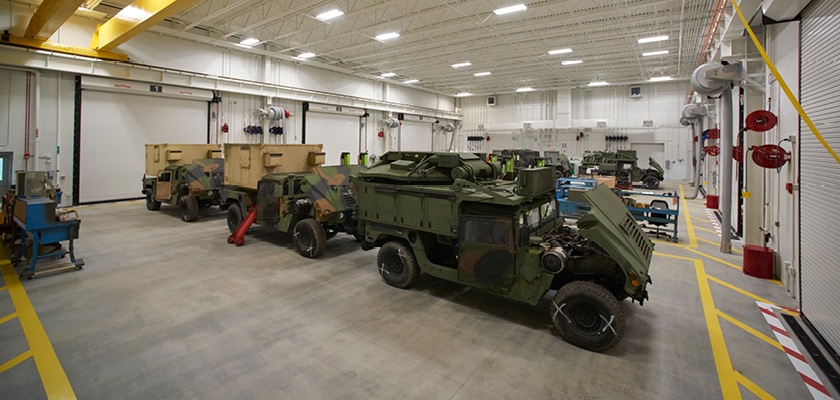
At other installations around the United States, STV’s design team has worked closely with the DoD and DHS, contractors, and other stakeholders, to create new state-of-the-art facilities that also prioritize readiness and sustainability. In Dagsboro, DE, STV was the lead designer for a new Vehicle Maintenance Facility for the Delaware Army National Guard. This design-build project created a modern, efficient maintenance facility that improves readiness and retention by carefully combining work bays, training areas, offices, and locker rooms for our National Guard Soldiers. The facility also features several sustainable design elements, including a geothermal HVAC system and an improved stormwater management system.
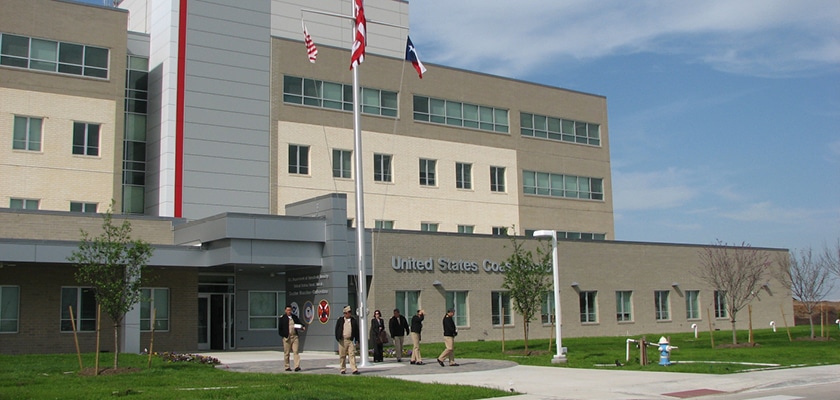
In the Gulf Coast region, STV has collaborated with its design and construction partners to help develop solutions that will allow the U.S. Coast Guard (USCG) to adapt mission-critical facilities to the current threat of global climate change. When a hurricane severely damaged the Sector facilities of the USCG in Houston, TX, STV served as the designer-of-record with Mortenson Construction for the design-build of a new Sector Building in Houston. Our design provided a facility that was LEED Silver certified and met current anti-terrorism/force protection requirements. The new facility was designed from the onset to have the main building be resilient in the face of future storms and disasters. When Hurricane Harvey ripped across the Houston region in 2017, this new state-of-the-art Sector Building performed as intended, allowing the USCG to remain fully mission capable and prepared.
As these innovative projects demonstrate, at STV we too are focusing on people, modernization, and readiness. Mission focus is inherent in all that we do for our federal military clients. We understand that as engineers, architects, and construction and program managers, we are building the advanced infrastructure needed for our nation’s future. The work we do today will benefit the military that serves and protects our families, communities, and national interests for decades to come. STV stands with our federal clients to ensure their facilities foster readiness and mission accomplishment.
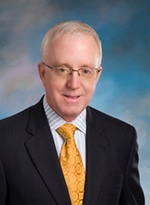
Neal Wright, P.E., PMP, is a senior vice president and business development director focusing on our federal practice across STV. He has a long-term career in the design and construction industry and also served as a career officer in the U.S. Army Corps of Engineers. From 2019-21, he was one of three National Vice-Presidents for SAME. He is a Fellow in ASCE, NSPE and SAME.
